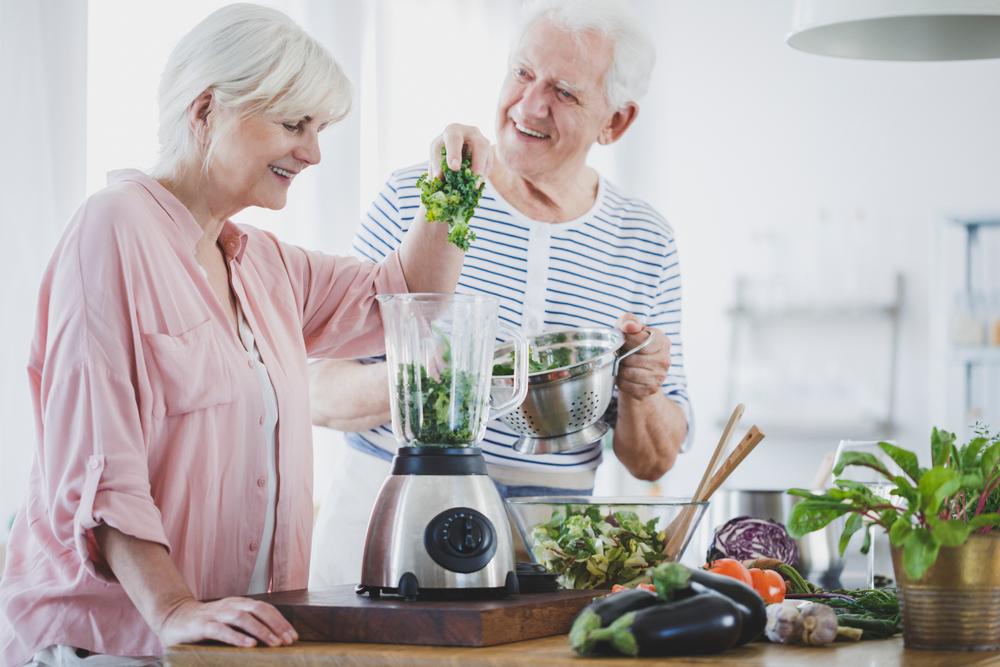If you’ve had a long day, or you’re too wiped to cook, do you ever reach for a fresh salad?
Probably not. Like most people, you may head to the panty to grab a box of mac and cheese or perhaps the freezer for a tub of ice cream—no bowl.

If you’ve had a long day, or you’re too wiped to cook, do you ever reach for a fresh salad?
Probably not. Like most people, you may head to the panty to grab a box of mac and cheese or perhaps the freezer for a tub of ice cream—no bowl.